Light Energy Wavelength and Frequency Worksheet Answers
Understanding the concept of light energy, especially its wavelength and frequency, can sometimes be challenging. That's why we have created a comprehensive worksheet that provides answers to all your queries. This worksheet is designed for individuals who are looking to enhance their knowledge of light energy and its properties. By exploring different examples and practicing with the provided answers, you'll gain a better understanding of how wavelength and frequency relate to light energy.
Table of Images 👆
More Energy Worksheets
Light and Heat Energy WorksheetsTypes of Energy Transfer Worksheet
Energy Light Heat Sound Worksheets
3 Forms of Energy Worksheets
Energy Worksheets for Third Grade
What is light energy?
Light energy is a form of electromagnetic radiation that is visible to the human eye. It consists of photons, which are particles that carry energy and travel in waves. Light energy is essential for vision, photosynthesis in plants, and various technological applications such as solar power.
How does light travel?
Light travels in waves as electromagnetic radiation. It moves in straight lines and does not require a medium to travel through, like sound waves do. Light can also behave as particles called photons, which have energy and momentum. The speed of light in a vacuum is approximately 186,282 miles per second (299,792 kilometers per second), making it the fastest thing in the Universe.
What is a wavelength?
A wavelength is the distance between two consecutive points on a wave that are in the same phase, such as between two peaks or two troughs. It is a measure of the length of one cycle of a wave and is commonly used to describe electromagnetic waves, sound waves, and other types of waves.
What is the relationship between wavelength and frequency?
Wavelength and frequency have an inverse relationship in physics. This means that as the wavelength of a wave increases, its frequency decreases, and vice versa. This relationship is described by the equation: speed = wavelength x frequency, where the speed of the wave remains constant. So, when one of them changes, the other changes in the opposite direction to keep the speed constant.
How is light energy related to the electromagnetic spectrum?
Light energy is a form of electromagnetic radiation that falls within a specific range of the electromagnetic spectrum. The electromagnetic spectrum encompasses all forms of electromagnetic radiation, ranging from radio waves to gamma rays. Light energy specifically refers to the visible spectrum of electromagnetic radiation, which includes the colors of the rainbow that we can see with our eyes. Therefore, light energy is just a small part of the broader spectrum of electromagnetic radiation that exists in the universe.
What is the unit of measurement for wavelength?
The unit of measurement for wavelength is typically expressed in meters (m) or any of its multiples or fractions.
How is light energy measured?
Light energy is typically measured in units of photons, lumens, lux, or watts. Photons measure the number of individual light particles emitted by a source, lumens measure the total amount of visible light emitted by a source, lux measures the intensity of light as it falls on a surface, and watts measure the total power consumption of the light source. The specific method of measurement would depend on the properties of the light being analyzed and the desired information being sought.
How does the color of light relate to its wavelength?
The color of light is directly related to its wavelength, with shorter wavelengths corresponding to bluer colors and longer wavelengths corresponding to redder colors. As the wavelength of light decreases, the color transitions from red to orange, yellow, green, blue, and violet in the visible spectrum. This relationship is governed by the electromagnetic spectrum, where different wavelengths of light manifest as different colors that we can perceive.
What is the speed of light in a vacuum?
The speed of light in a vacuum is approximately 299,792,458 meters per second.
How does the frequency of light affect its energy?
The frequency of light is directly proportional to its energy. This means that light with a higher frequency has higher energy, while light with a lower frequency has lower energy. The relationship between frequency and energy is described by Planck's equation, E = h*f, where E is the energy of the light, h is Planck's constant, and f is the frequency of the light. This relationship is fundamental in understanding the behavior of light in various phenomena, such as the photoelectric effect and the emission of light from atoms.
Have something to share?
Who is Worksheeto?
At Worksheeto, we are committed to delivering an extensive and varied portfolio of superior quality worksheets, designed to address the educational demands of students, educators, and parents.

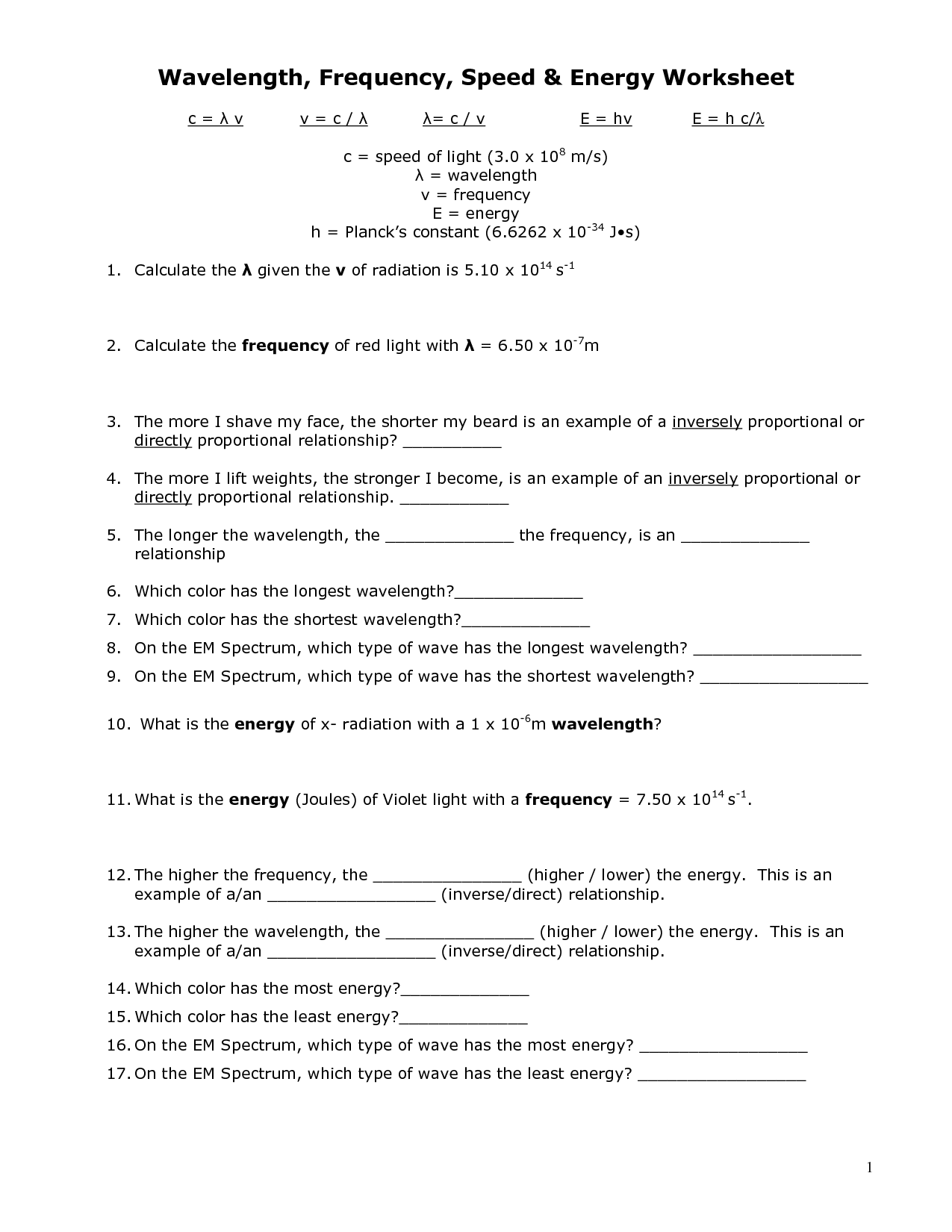



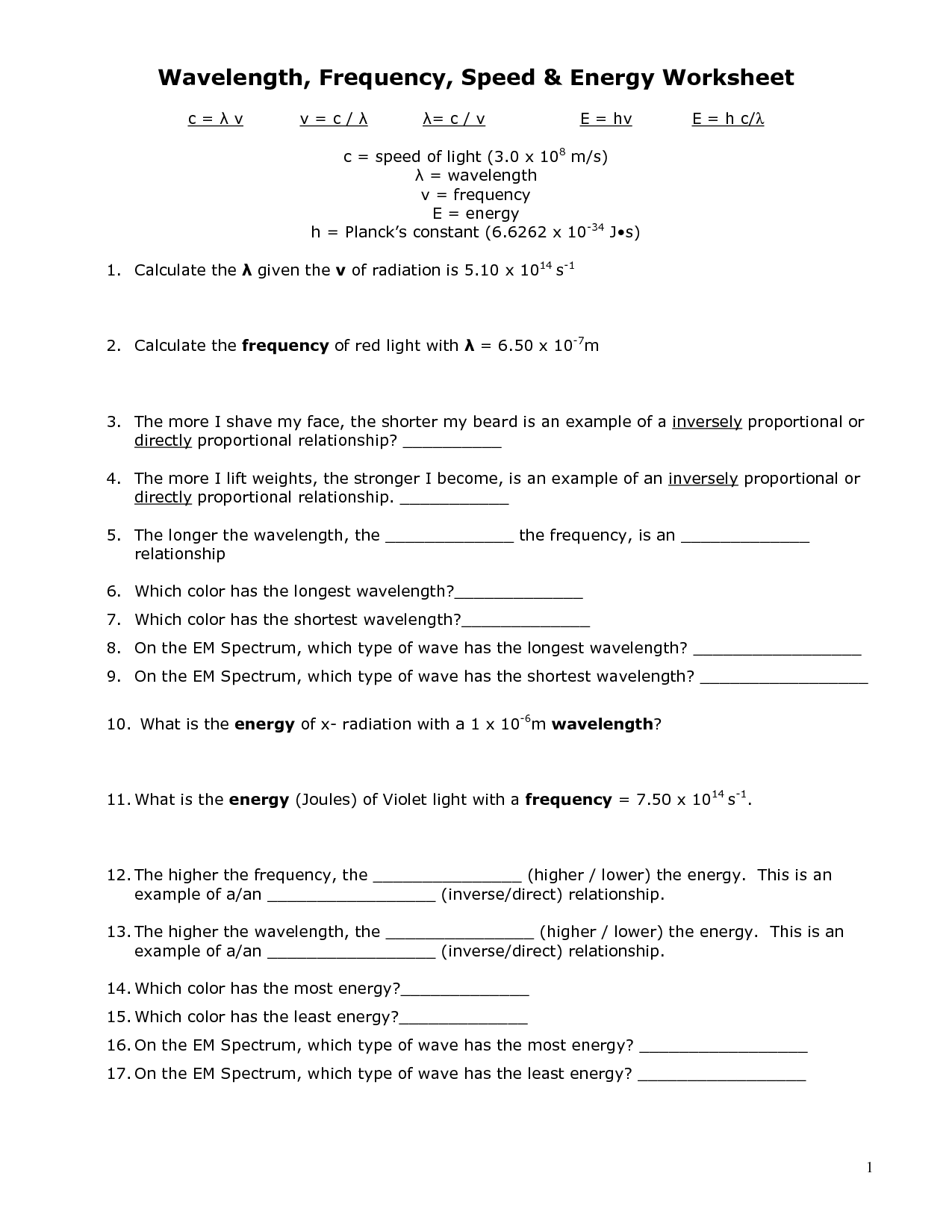
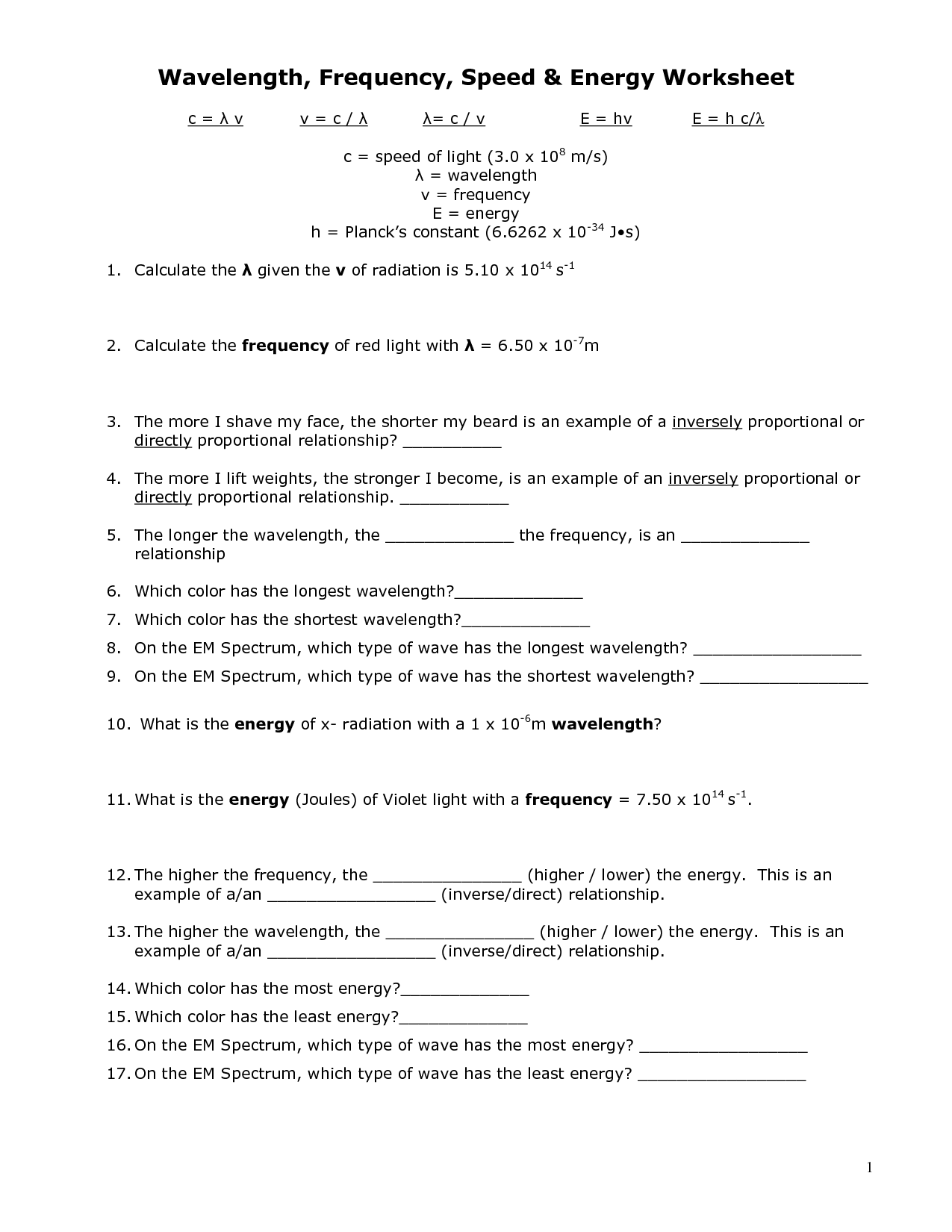
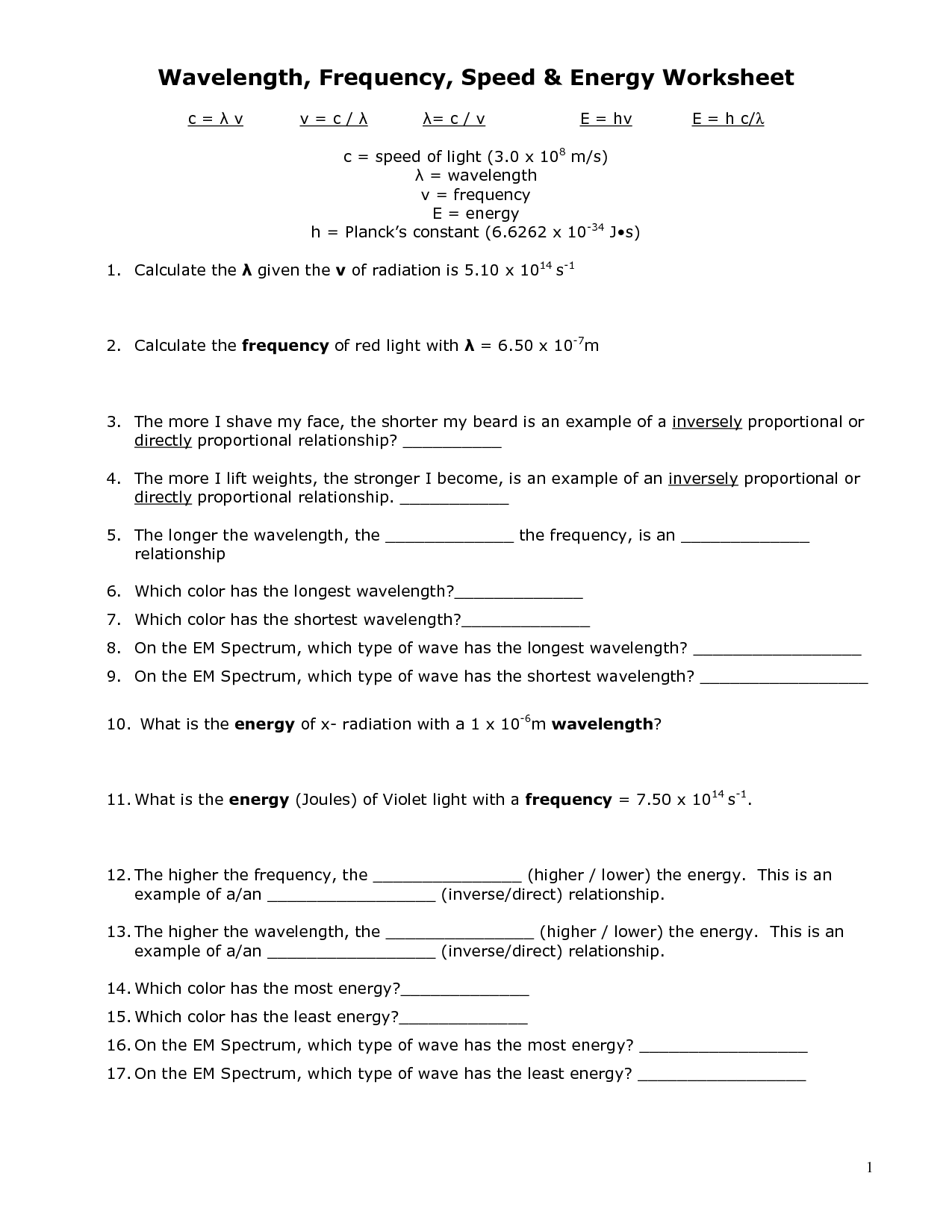
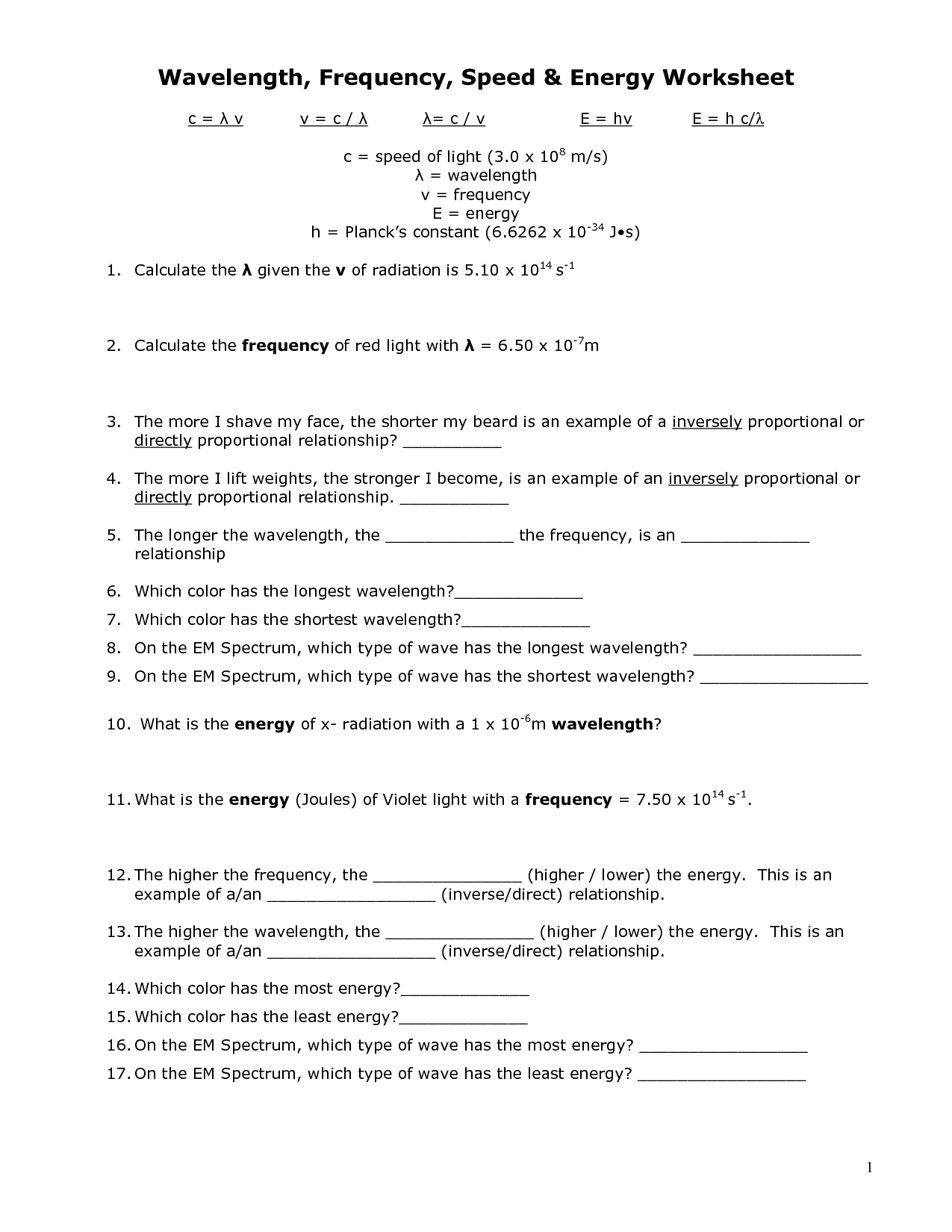
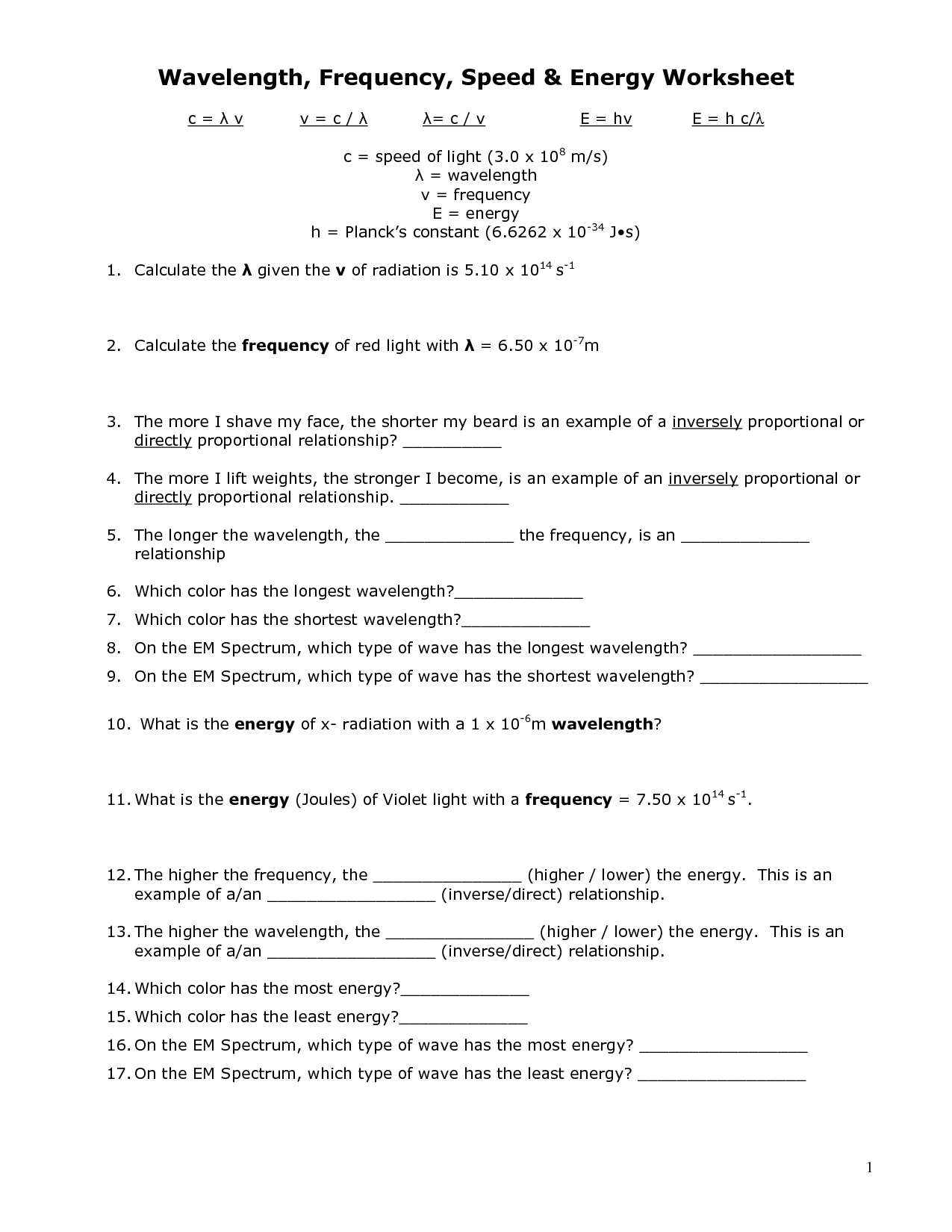
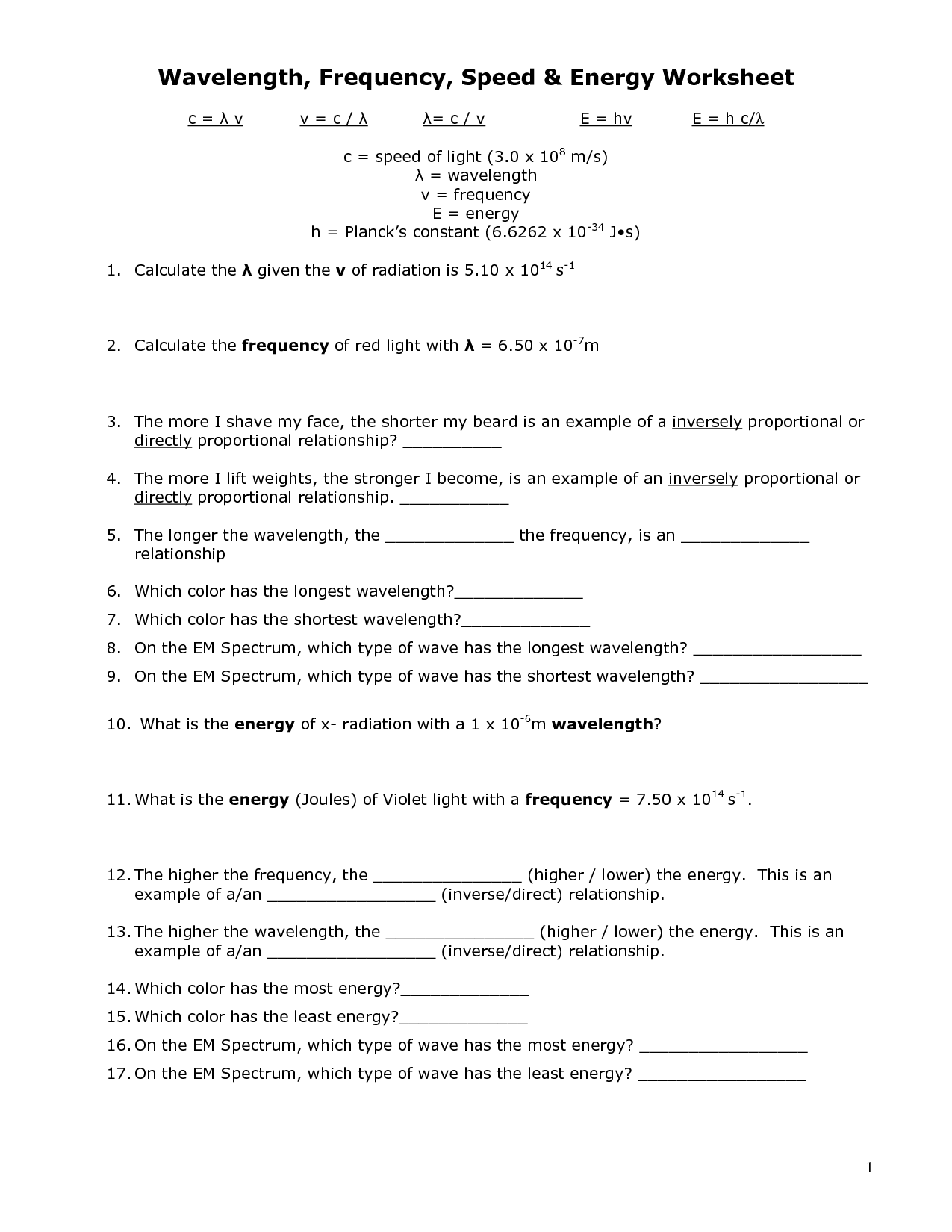
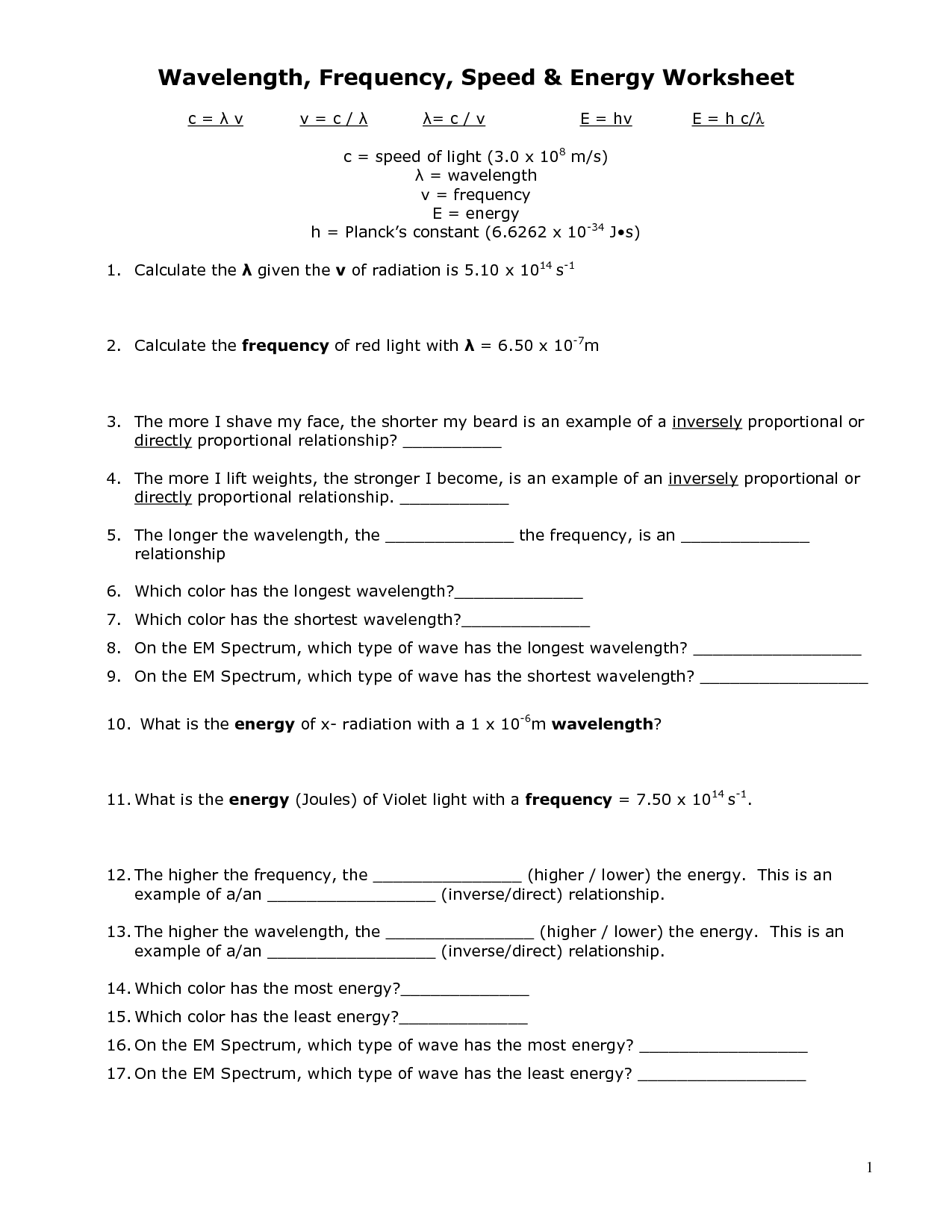
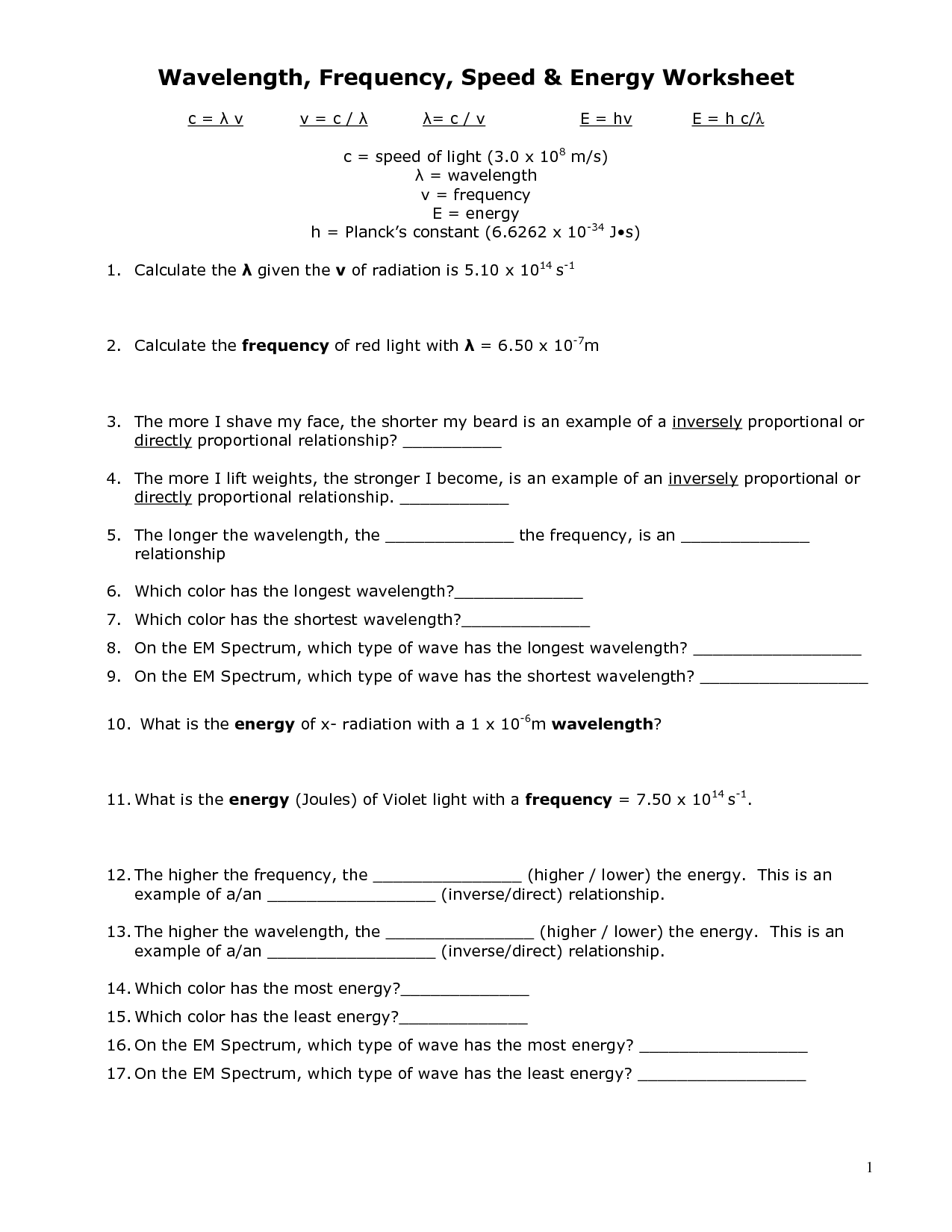
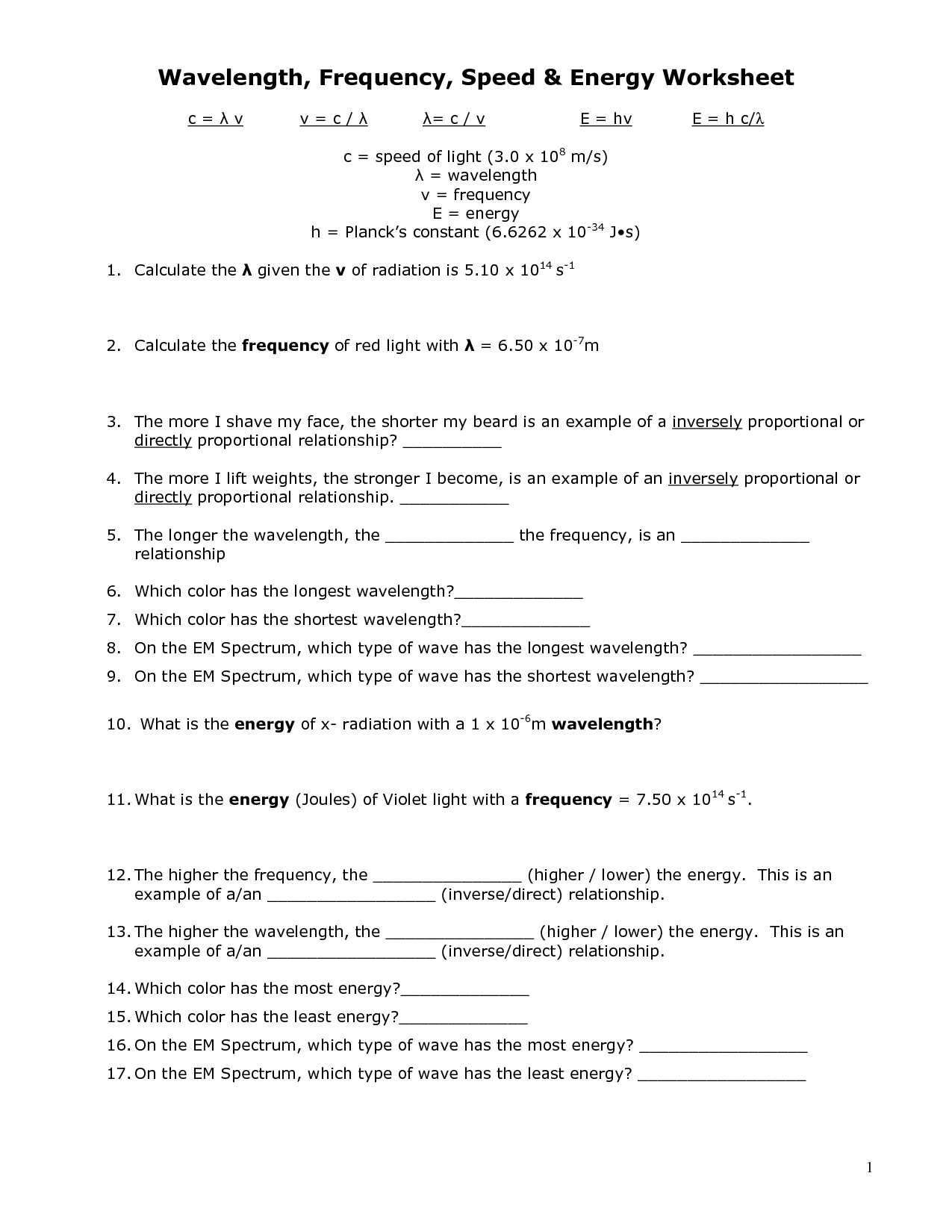
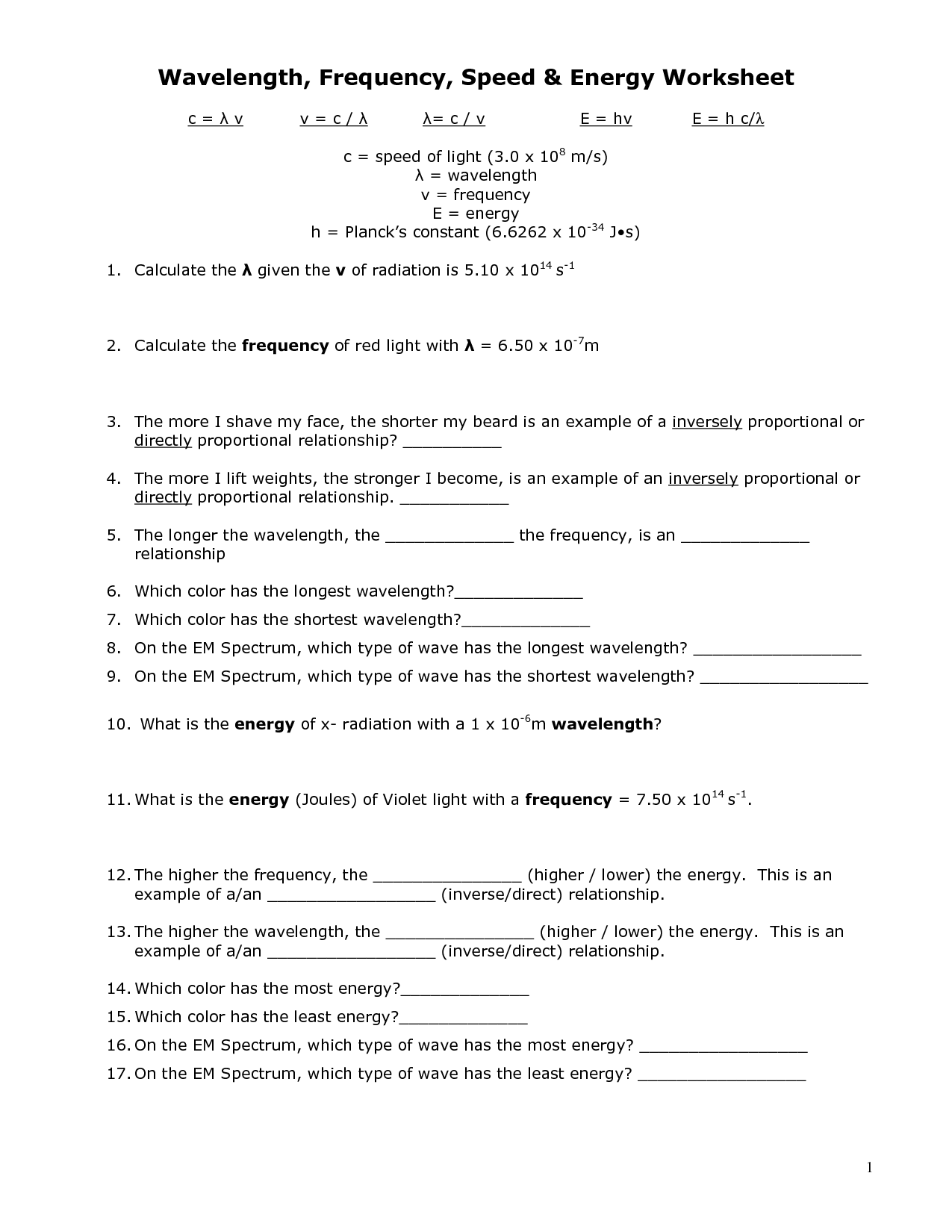
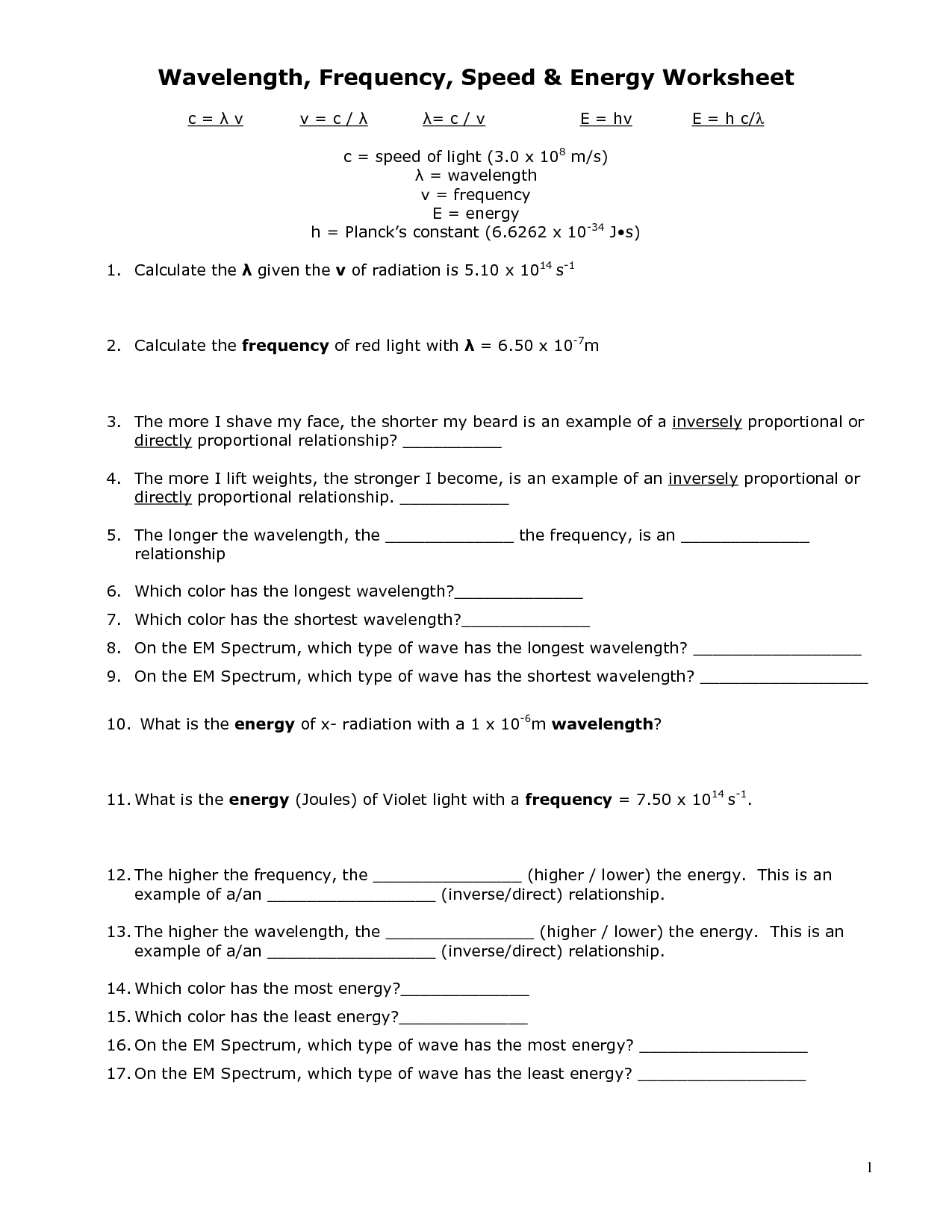
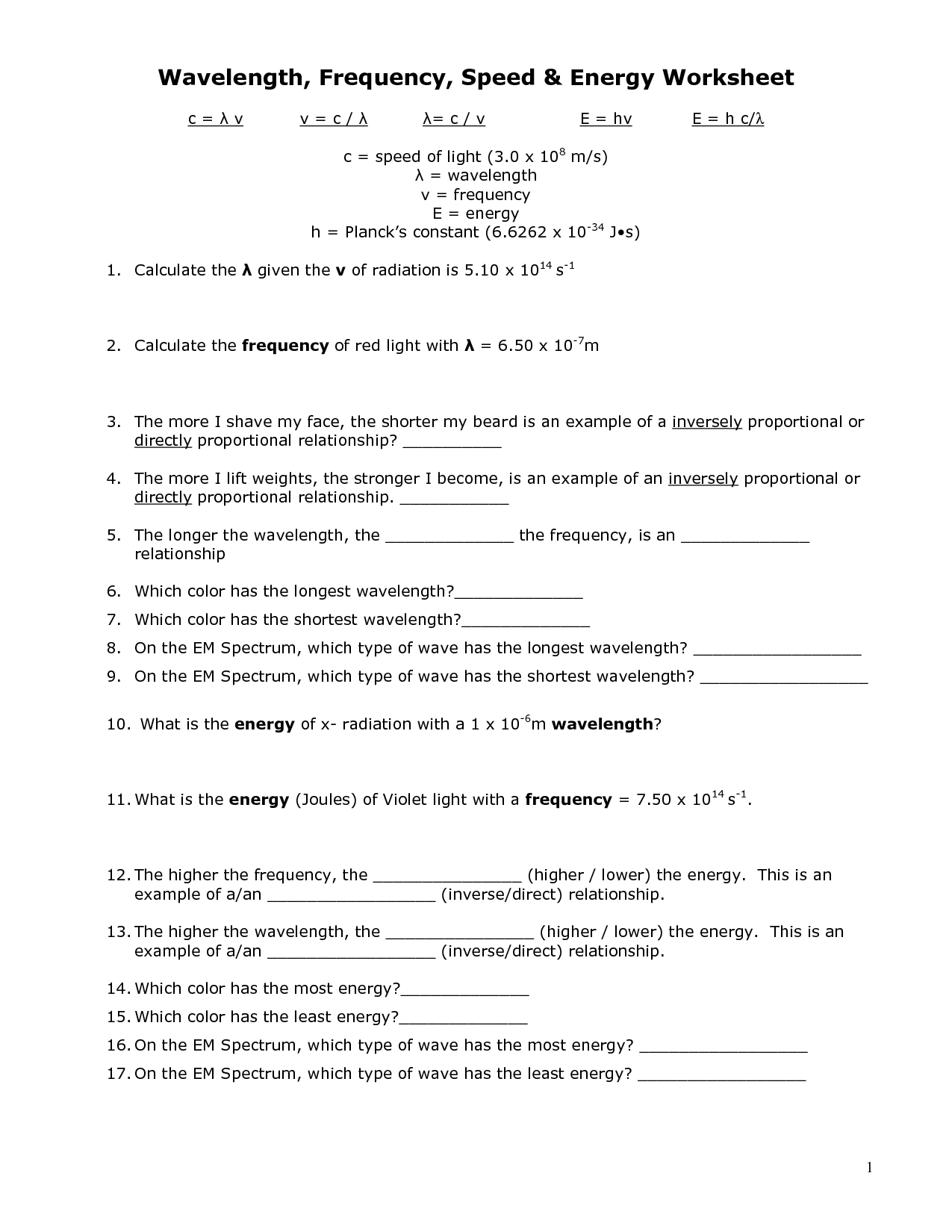
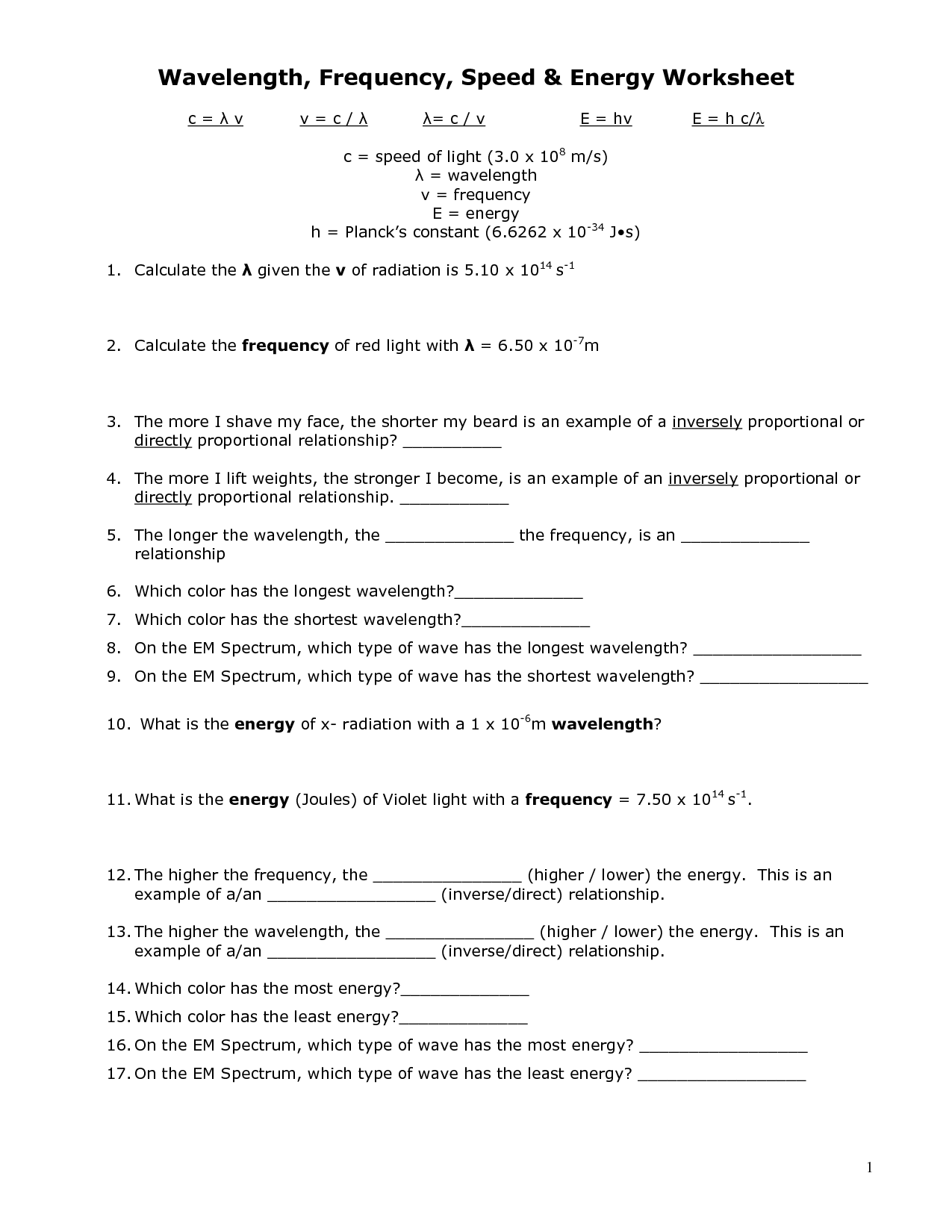
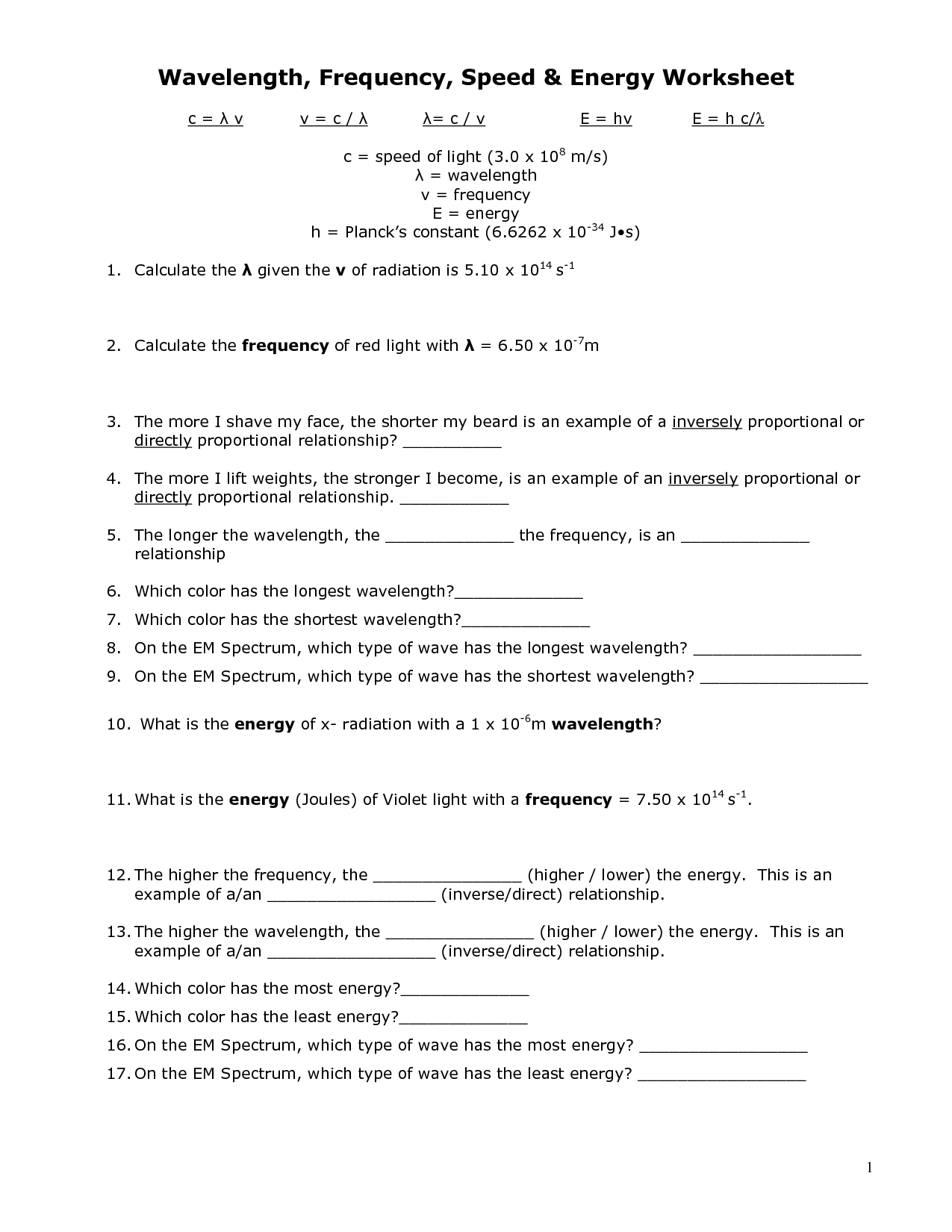
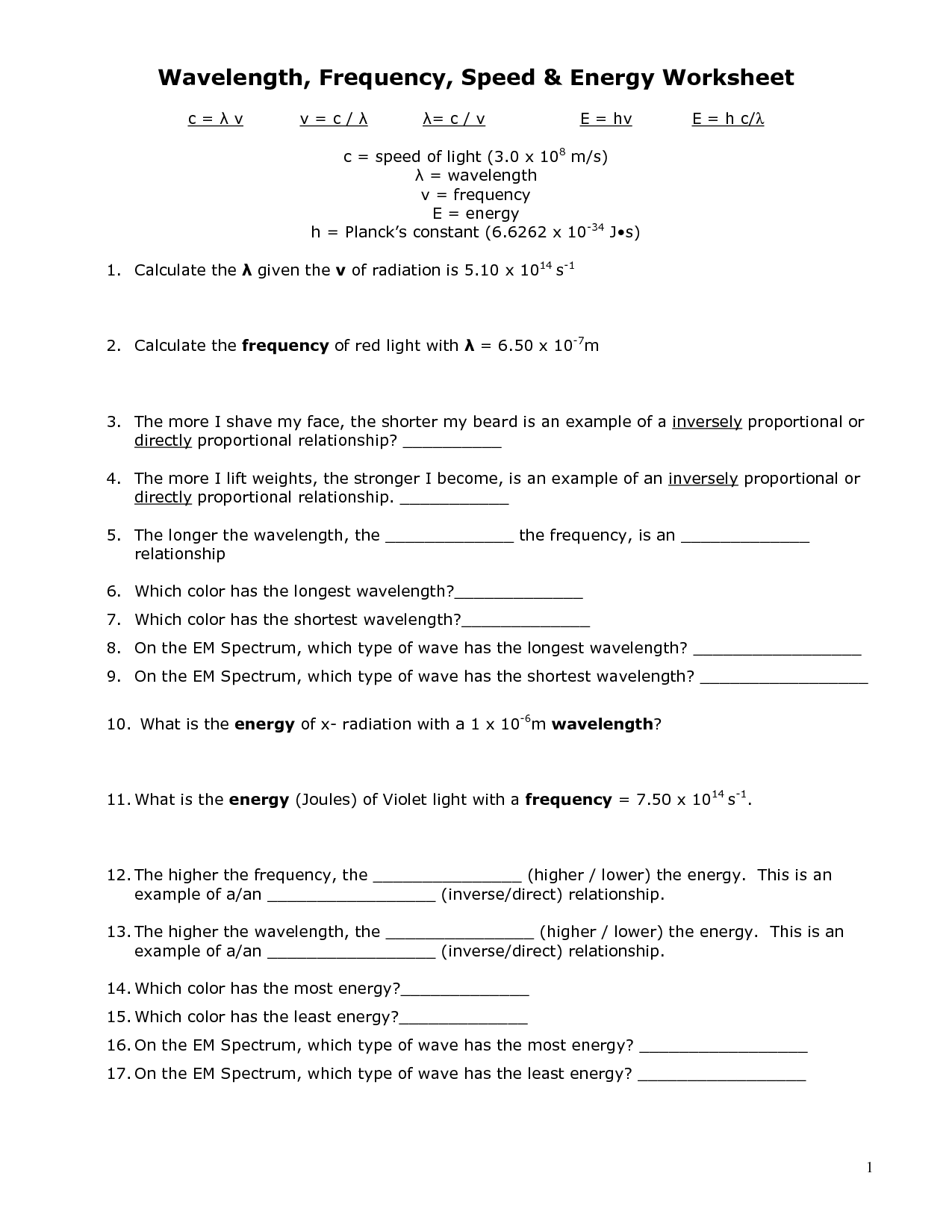
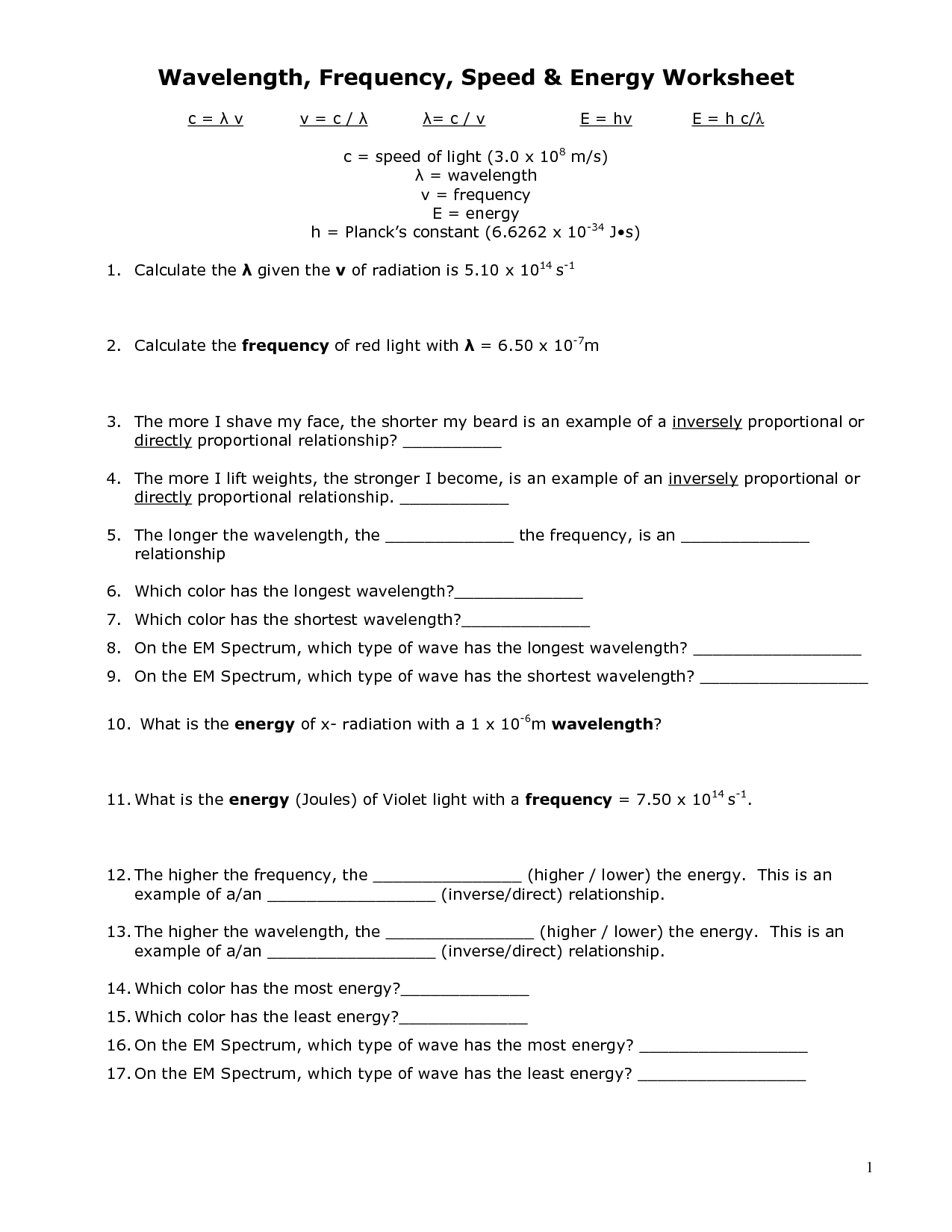
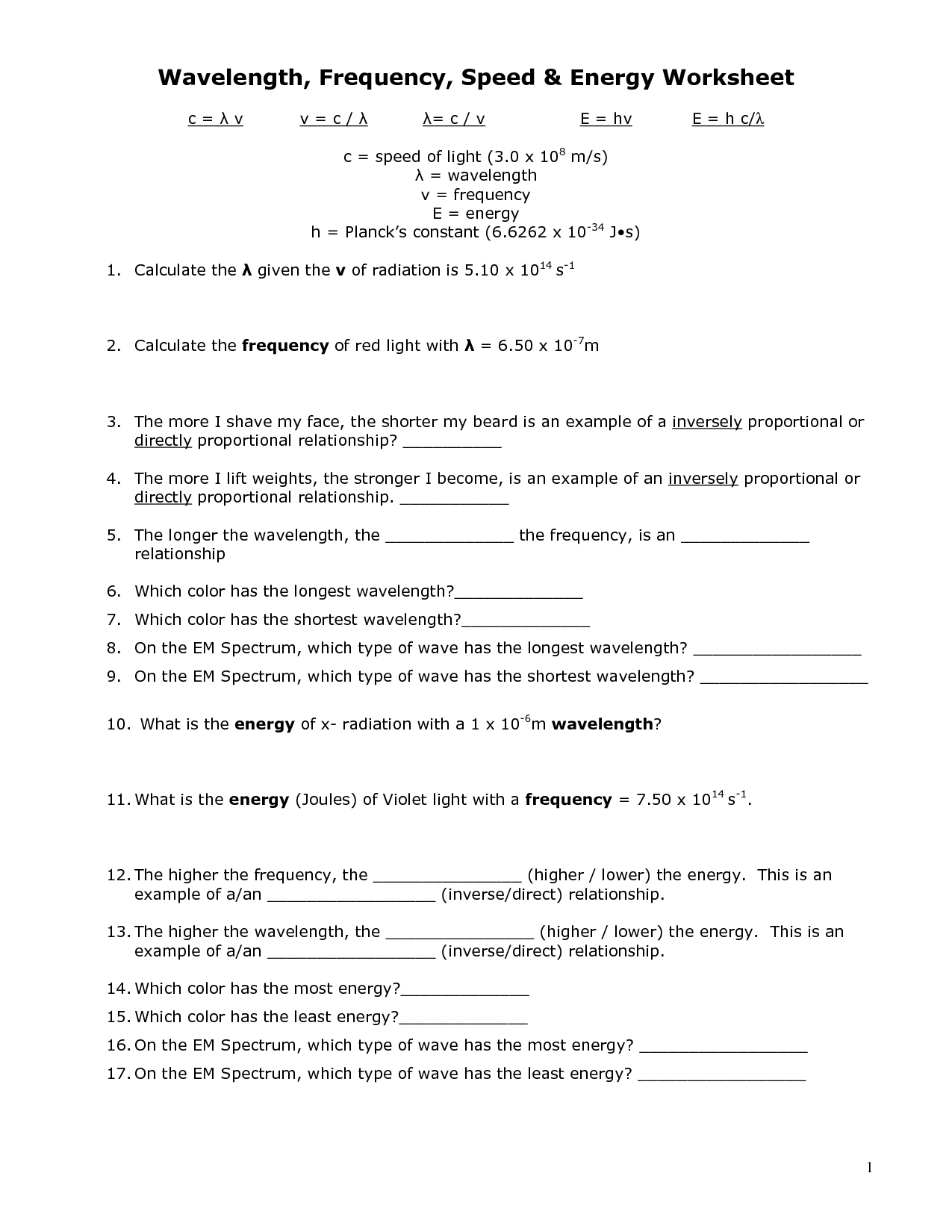
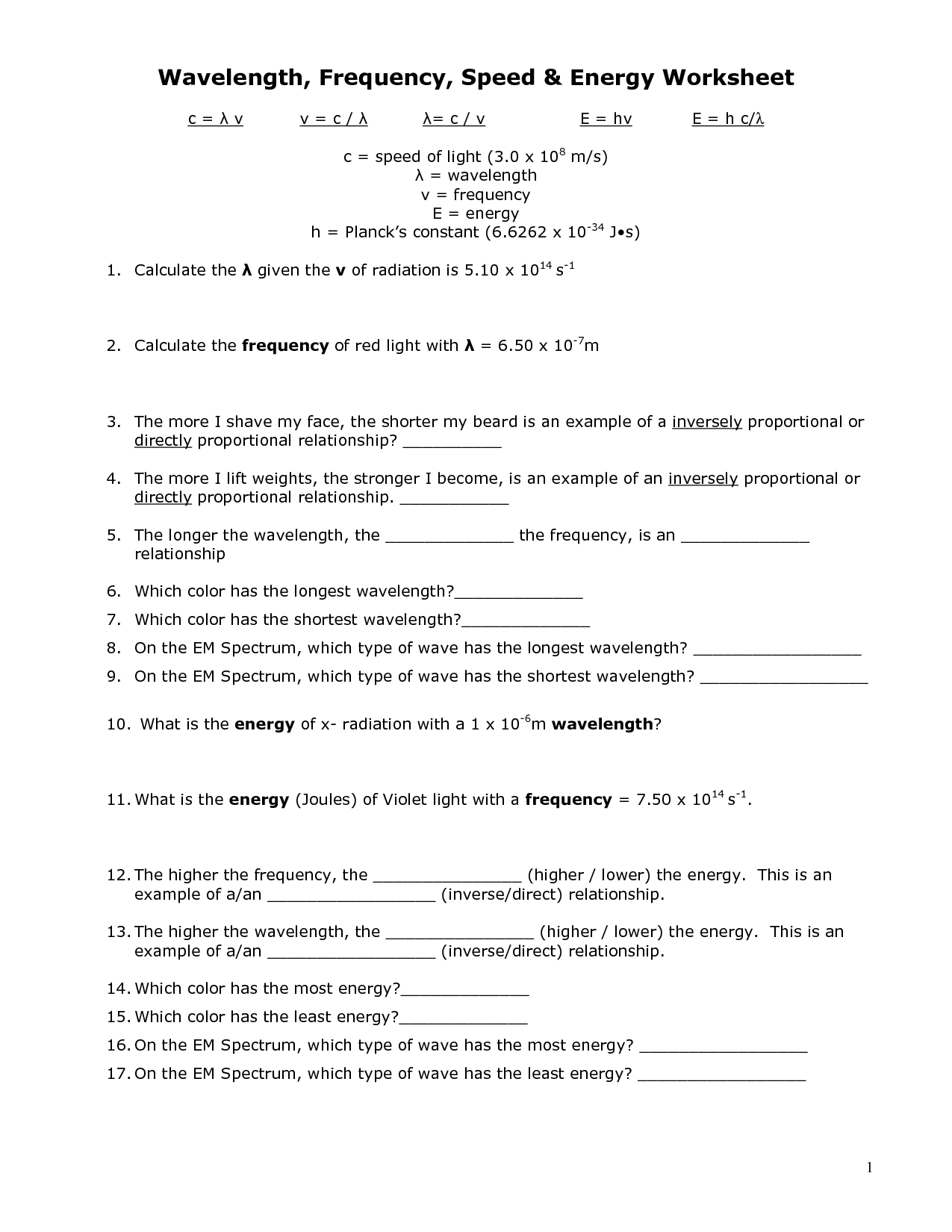
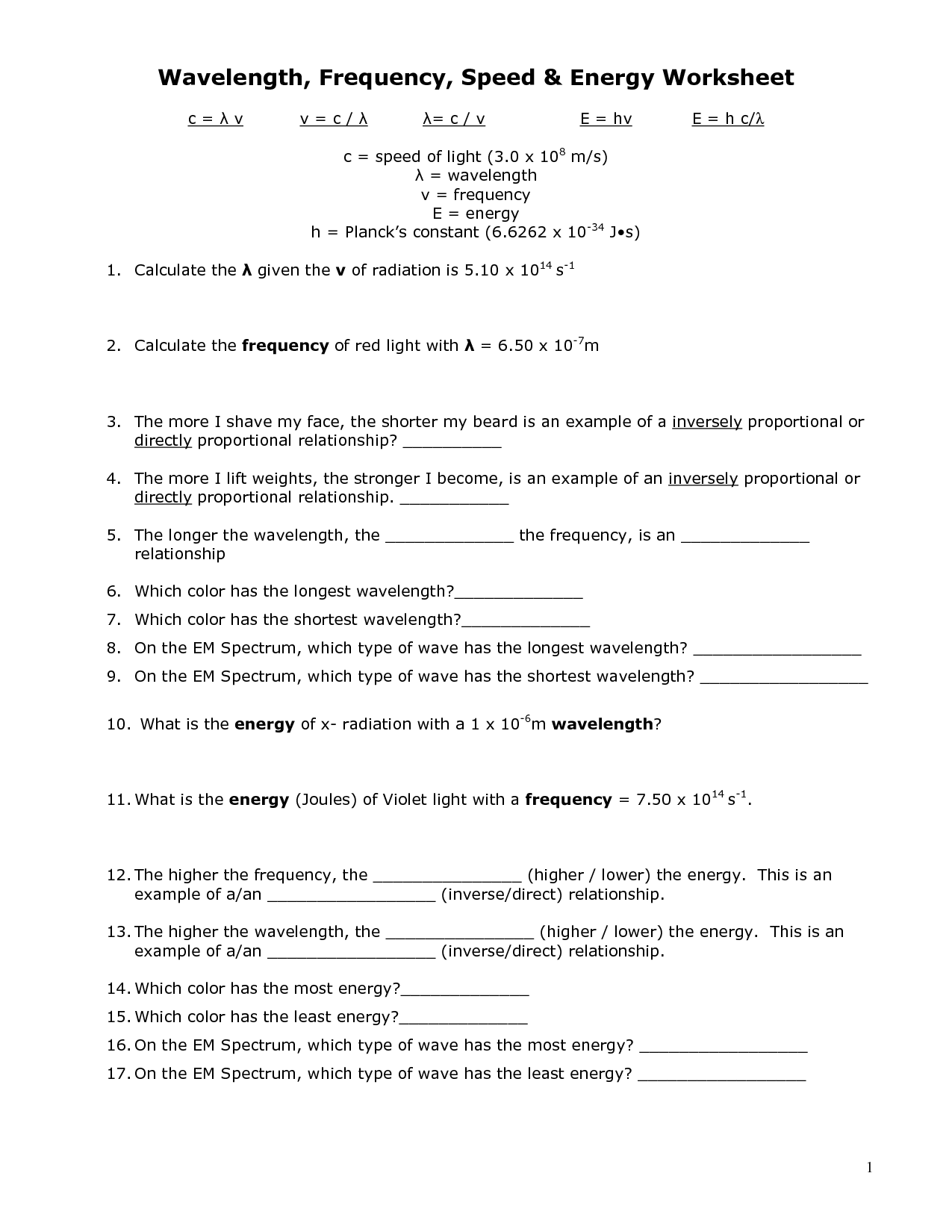













Comments